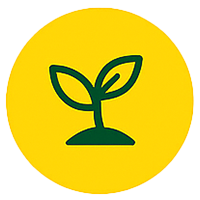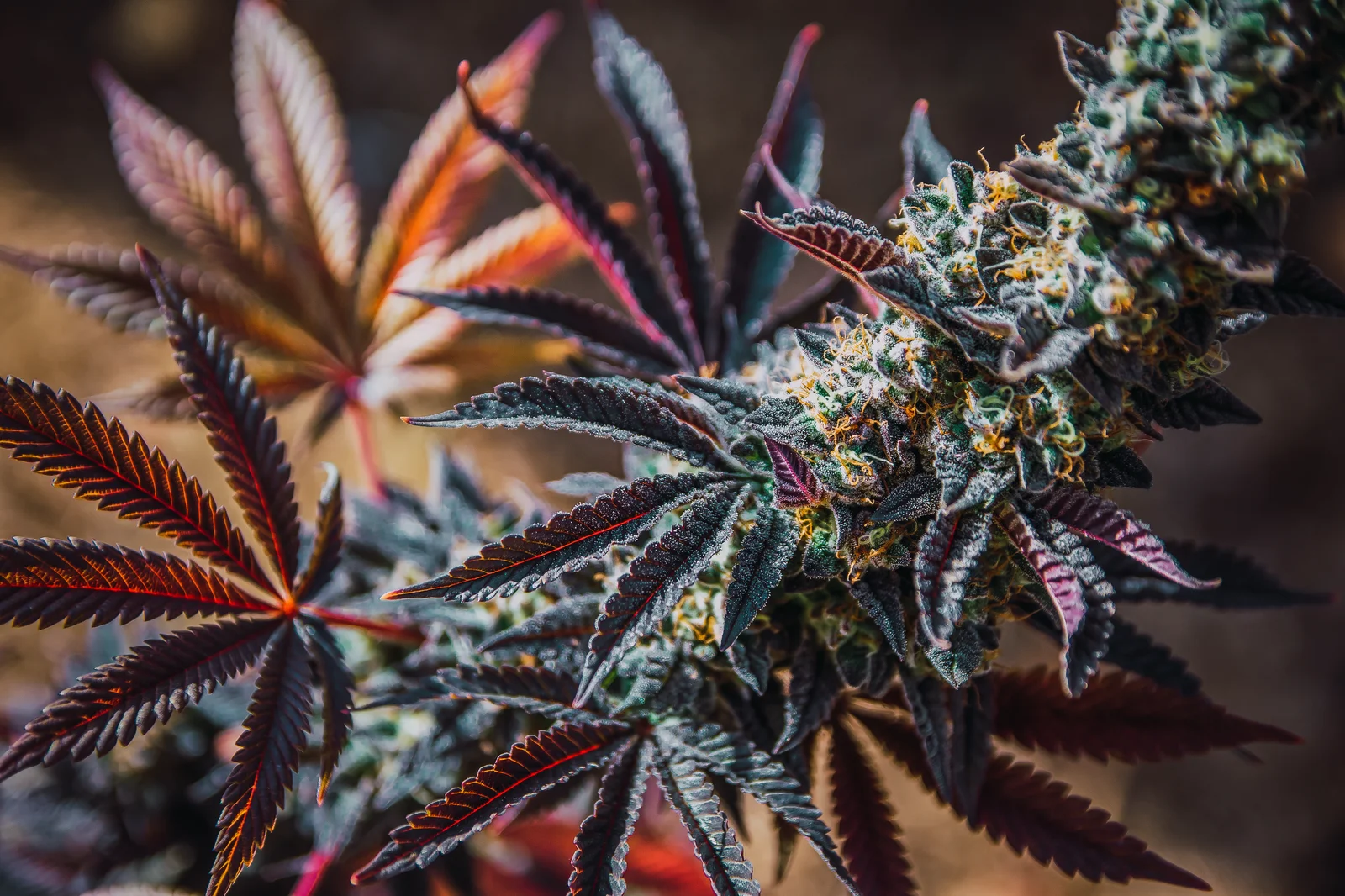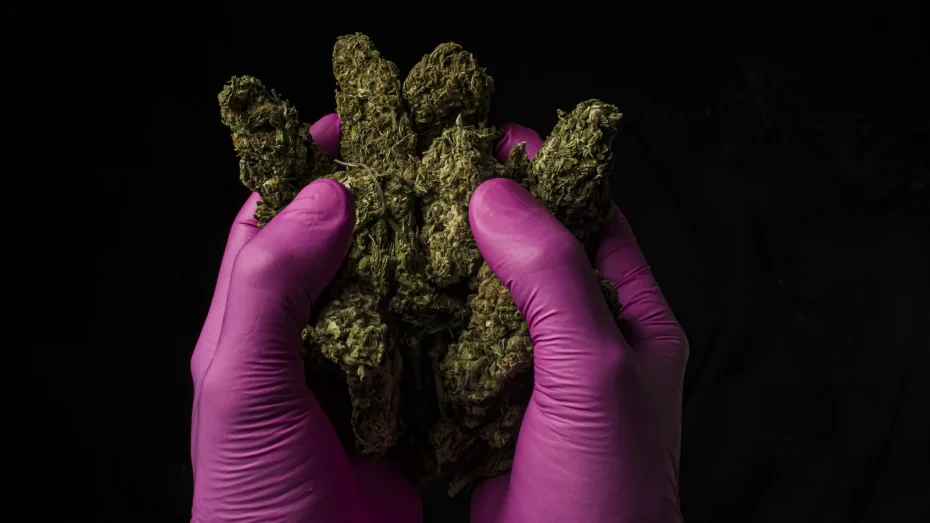TL;DR: Health Canada Cannabis License Holders
Health Canada license holders play a critical role in Canada’s legal cannabis industry, overseeing safe and compliant cultivation, processing, and distribution. Success hinges on understanding plant genetics, harvesting at peak potency, and using modern terpene extraction methods to create diverse products.
Licensees must follow strict rules on security, quality control, and record-keeping, supported by seed-to-sale tracking.
The licensing process involves selecting the right license type, submitting a detailed application, and passing Health Canada’s review. As regulations evolve adding options like micro-cultivation and new product categories staying compliant also means staying competitive.
 Create the Perfect
Create the PerfectGrow Room →
In the evolving landscape of the Canadian cannabis industry, Health Canada cannabis license holders stand at the forefront of a burgeoning sector fueled by innovation and regulatory stewardship. Ever since marijuana was legalized in Canada in October 2018, these license holders have played a pivotal role in ensuring the responsible cultivation, processing, and distribution of cannabis. This guide delves into essential aspects of cannabis cultivation, including the significance of various types of cannabis leaves, best practices for harvesting marijuana plants, and the intricacies of terpene extraction.
Understanding Different Types of Cannabis Leaves
Clear understanding of cannabis leaf morphology is fundamental for any Health Canada cannabis license holders aiming for a successful cultivation cycle. Primarily, there are two types of cannabis leaves: Indica and Sativa. Indica leaves are typically broad and short, lending the plant a bushier appearance; ideal for indoor growers focusing on yields. Conversely, Sativa leaves are long and narrow, favoring sunlit environments and often associated with a more cerebral effect due to higher THC content. Mastery of these differences facilitates strategic cultivation decisions, optimizing both yield and product quality.

Best Practices for Harvesting Marijuana Plants
Harvesting marijuana plants at the right time is crucial for maximizing potency and terpene profiles. License holders should diligently monitor trichome coloration—a key indicator of ripeness, which shifts from clear to milky white and then amber. The transition from white to amber signifies the optimal window for harvesting, balancing cannabinoid potency with a robust terpene profile.
Moreover, the drying and curing process is equally significant. This phase involves maintaining an environment with 40-50% humidity and a temperature range of 60-70°F to prevent mold, preserve terpenes, and ensure a smooth smoking experience. As such, Health Canada license holders are advised to adopt meticulous drying techniques and employ precision curing methods to maintain the integrity of the cannabis plant.
Exploring Terpene Extraction: Kits and Methods
Terpenes are aromatic compounds that significantly contribute to the flavor and therapeutic profile of cannabis products. For Health Canada license holders, investing in a high-quality terpene extraction kit can open new avenues for product diversification. Steam distillation, CO2 extraction, and solvent-based extraction are popular methods employed to isolate these compounds. Utilizing state-of-the-art kits tailored to the extraction process not only enhances product offerings but also ensures compliance with Canada’s stringent safety and quality standards.
Frequently Asked Questions
When was marijuana legalized in Canada?
Marijuana was legalized in Canada on October 17, 2018, marking a significant milestone in the country’s approach to cannabis regulation and opening doors for licensed producers to thrive in a legal market.
Why is understanding the types of cannabis leaves important?
Recognition of cannabis leaf types allows growers to optimize their crop management strategies, ensuring compatibility with environmental conditions and consumer preferences.
What are the benefits of using a terpene extraction kit?
Terpene extraction kits enable producers to isolate and refine aromatic compounds, enhancing the flavor profiles of cannabis products and allowing for innovative product developments while ensuring regulatory compliance.
FAQ Article: Health Canada Cannabis License Holders
What are the regulations set by Health Canada for cannabis license holders to harvest cannabis plants?
Health Canada has established a comprehensive framework regulating the cannabis industry, emphasizing safety, quality, and responsible production. For cannabis license holders, here’s a breakdown of the harvesting regulations:
- Security Measures: Licensed producers must implement strict security protocols to prevent unauthorized access to the cultivation areas. This includes physical barriers, surveillance systems, and personnel security measures.
- Good Production Practices (GPP): Cannabis must be cultivated, harvested, dried, and stored under sanitary conditions. This includes regular sanitation of equipment and facilities to minimize contamination.
- Quality Control: Producers are required to perform regular quality assurance testing to ensure that the product is free from contaminants like pesticides, heavy metals, and microbial impurities throughout the growing and harvesting processes.
- Record Keeping: Adequate documentation must be maintained, ranging from the source and genetics of seeds, plant growth cycles, harvest dates, and details of employees involved in these processes.
- Tracking and Transparency: Use of a seed-to-sale tracking system is mandatory to track the life cycle and movement of cannabis plants and products.

How are the terpenes considered in the guidelines provided by Health Canada?
Terpenes are organic compounds responsible for the aroma, flavor, and potential therapeutic benefits of cannabis. Health Canada acknowledges their importance and includes them in their quality assurance guidelines:
- Analytical Testing: Producers are encouraged to conduct terpene profiling to give consumers insights into the aromatic and subjective effects of cannabis strains. This is part of the broader testing for active compounds including THC and CBD.
- Labeling Requirements: While terpene content labeling isn’t strictly mandatory, it is encouraged as it aids consumers in making informed choices based on preference for aroma and potential effects.
- Research and Compliance: Health Canada supports ongoing research into the therapeutic effects of terpenes and may incorporate more explicit guidelines regarding terpenes as more scientific data becomes available.
What are the steps to become a licensed cannabis holder by Health Canada?
Becoming a licensed cannabis holder in Canada involves several key steps:
- Determine License Type: Decide on the type of license you need, such as cultivation, processing, or sale for medical and/or recreational purposes.
- Prepare Application: Gather necessary documentation, including site details, business plan, security clearances, and adherence to physical security requirements. The application must define operations and include a detailed description of your proposed processes.
- Submit via Cannabis Tracking and Licensing System (CTLS): Register and submit your license application through the CTLS, paying the associated fees.
- Review Process: Health Canada evaluates the application following a comprehensive review process that includes security inspections and assessment of your proposed operational plans.
- License Issuance: If all requirements are met, Health Canada will issue a license permitting you to legally undertake activities specified in your application.
What changes have been made in the legalization process of cannabis by Health Canada?
Since the Cannabis Act took effect in October 2018, Health Canada has made several updates to refine the legalization process:
- Regulatory Updates: Enhanced regulations to ensure cannabis products meet high safety and quality standards, reinforcing public health protection and safety.
- Edibles, Extracts, Topicals: Amendments have been made to allow the production and sale of cannabis edibles, extracts, and topicals, broadening the array of available products.
- Micro-cultivation Licenses: Introduction of micro-cultivation and micro-processing licenses to encourage small-scale producers, thus diversifying the market.
- Medical Cannabis Access: Ongoing adjustments are made to streamline the way patients access medical cannabis, balancing patient needs with safety concerns.
- Research and Development: Continuous support for research initiatives to enrich the understanding of cannabis, its effects, and longer-term public health implications.
Health Canada’s regulatory framework continues to evolve, responding to industry feedback and scientific advancements, ensuring the cannabis industry in Canada remains robust, safe, and consumer-focused.
Conclusion
In summary, Health Canada cannabis license holders are integral to the advancing cannabis industry in Canada. By understanding the nuances of different cannabis leaves, applying best practices in harvesting marijuana plants, and leveraging terpene extraction technologies, these license holders can maintain compliance, assure product quality, and ultimately succeed in a competitive market. The path from cannabis leaves to legalization is one of promise and potential, ensuring that Canada’s cannabis industry continues to lead by example on the global stage.
Streamline Cannabis CultivationAbout GrowerIQ
GrowerIQ is changing the way producers use software - transforming a regulatory requirement into a robust platform to learn, analyze, and improve performance.
To find out more about GrowerIQ and how we can help, fill out the form to the right, start a chat, or contact us.

